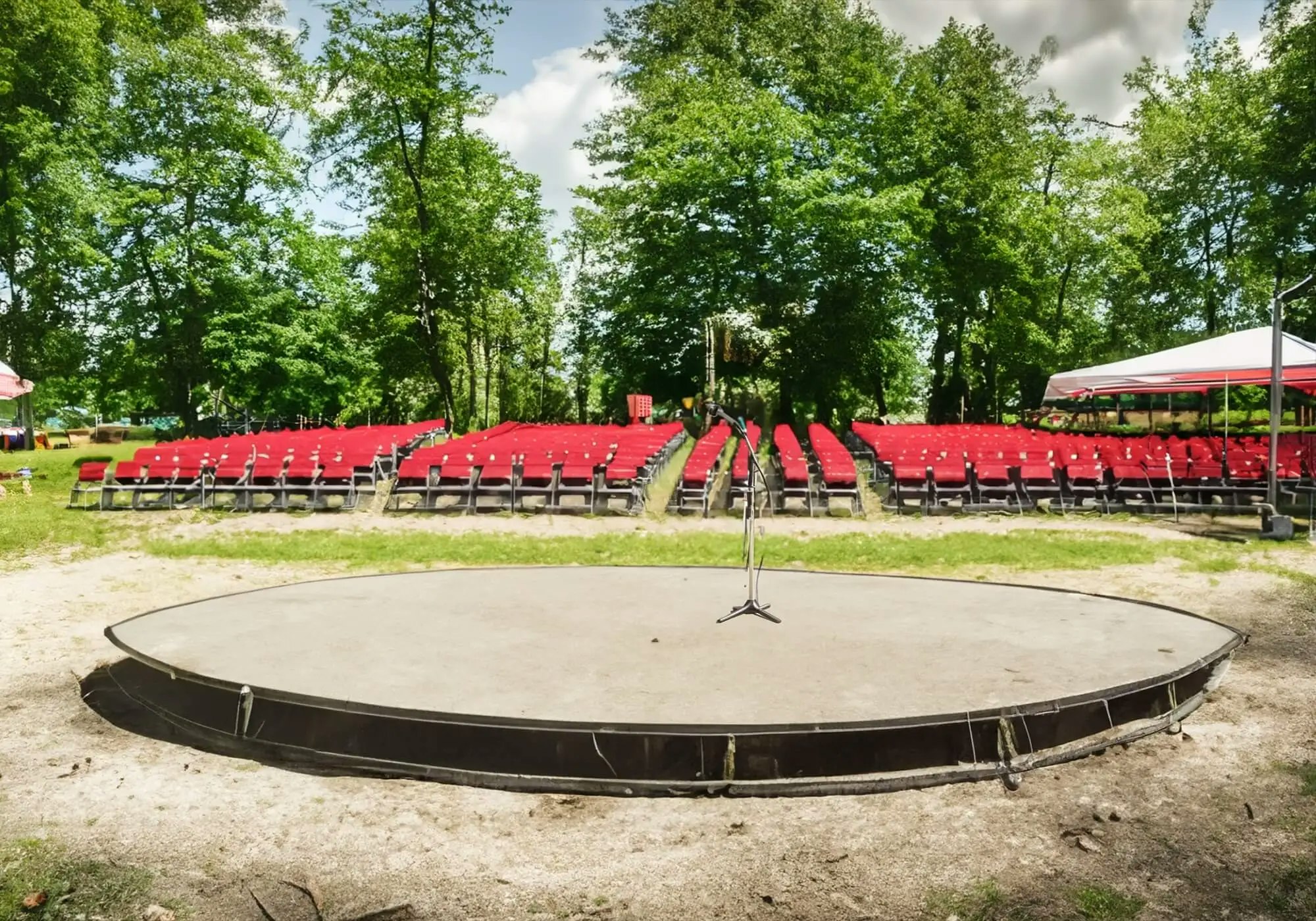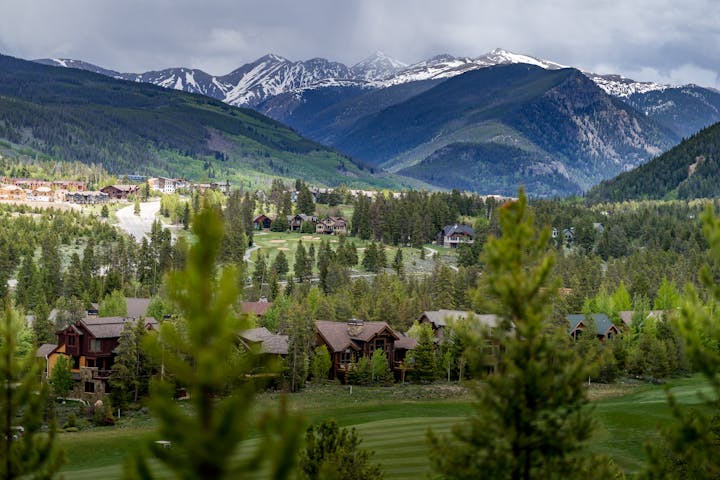Public Events: Risk Management, Safety, And Having The Right Coverage

March 13, 2024 | CSD Team
Public events play a pivotal role in fostering community engagement and cultural vitality. Whether it’s a festival, concert, parade, or any other gathering, the success of such events depends on meticulous planning and evaluating the risks associated with it.
From property damage and bodily injuries to unexpected cancellations or disruptions, the exposures can be diverse and unpredictable. To safeguard against these risks, having the correct coverage and contingency planning can go a long way to ensure proper execution.
In this article, we’ll talk about key coverage considerations, detail coverages available to you from the CSD Pool, and discuss safety and risk management in the planning stages of an event.
Public Events and Associated Risks:
Hosting events that engage with the public are inherently risky, and appropriate considerations vary depending on the type of public event. For example, districts hosting a city parade have to consider security, crowd control, and permits. Weddings hosted on a district’s property run the risk of being cancelled or delayed due to unforeseen circumstances. Some districts even host concerts that serve liquor or host third-party vendors, both of which require careful planning and oversight.
Risks that stem from public events can be managed passively (i.e. avoiding them, or covering them through the CSD Pool) or managed actively (i.e. through loss control and risk management).
Given the wide range of public entities, and the various ways each district interacts with staff and the public, each event is unique. Therefore, a thorough risk assessment—which considers organizational property risk, safety and local hazards, and historical data—can help identify potential exposures, reduce risk overall, and provide the framework to address the potential risks if or when they occur.
CSD Pool members have access to complimentary facility inspections, site visits, and risk assessments. Our safety and loss prevention team and underwriters are available discuss potential risks, offer risk mitigation strategies, and ensure that organizers are well-informed about coverages that are place.
Key Coverages for Public Events:
Typically, organizations may be required to have coverage in the areas of general liability, property, and workers’ compensation. This general overview highlights how each of these coverages respond in the event of damage during an event. Additional coverages are also available to members for consideration when evaluating how risks are managed.
- General Liability: General liability coverage is essential for public events because it protects organizers against claims of bodily injury or property damage that may occur during the event. This coverage extends to the event venue and surrounding areas. Coverage is only extended to the district named on the policy, which means third parties have no coverage. A district cannot accept the liability of others.
- Property: Public events often involve the use of equipment, stages, and other property. Property coverage safeguards against the risk of damage or loss to these assets, providing financial assistance for repairs or replacements. This is critical if your organization is hosting an event and utilizing your own property or assets. For a brief overview of the CSD Pool’s property coverage, visit our website. It is also important to communicate with third parties involved in the event to make sure they understand their responsibility regarding potential damages.
- Workers’ Compensation: Public events require a workforce to manage various aspects. Workers’ compensation coverage is essential to protect event staff in case of injuries or accidents during the event. Third parties are not covered on district coverage.
- Volunteer Accident Coverage: Our Volunteer Accident coverage covers community volunteers who are injured while performing their supervised and assigned volunteer activities. If your organization is utilizing volunteers in any capacity during an event, this type of coverage is a must-have. Volunteer Accident coverage provides limited medical benefits for injuries suffered during member-sponsored volunteer activities including up to $25,000 in the volunteer’s out-of-pocket medical expenses (after whatever is covered by their personal medical insurance).
- Special Event Coverage – Tenant User Liability Policy (TULIP): This coverage is tailored specifically for one-time events for users of your facility. It provides protection against third-party claims for bodily injury or property damage that may occur during the event and is relatively economical. The CSD Pool does not currently offer this – the third party would need obtain that coverage and add the district as an additional insured – but we have more information on that type of policy available on our website.
For more info about any coverages offered to districts, or to talk about your current policies, contact our underwriters at pc@csdpool.org (property and liability) or wc@csdpool.org (workers’ compensation).
Beyond Coverages – Contingency Planning
Beyond risk assessments and coverages, it’s beneficial to build out a robust disaster contingency plan, especially for public events, that incorporates many different elements into the plan. These considerations involve a combination of proactive measures, strategic planning, and leveraging available resources. Here are key considerations with specific examples:
- Collaboration with Emergency Services: Establish strong partnerships with local emergency services such as fire departments and law enforcement. Conduct joint training exercises to ensure seamless coordination during emergencies. For instance, simulations of response to various disaster scenarios can enhance preparedness. If you need help getting started on engaging with your community services, check out our webinar on the subject.
- Community Engagement and Communication Plans: Develop clear and effective communication plans that include methods for reaching attendees, volunteers, and staff during an event. Utilize social media, text alerts, and public announcements. Historical examples, such as the successful evacuation communication during the Colorado wildfires, can serve as models. For internal communications, CSD Pool members have complimentary access to SmartNotice, an emergency notification software.
- Training and Education for Staff and Volunteers: Provide regular training sessions for staff and volunteers on emergency response procedures, evacuation protocols, and first aid. Use historical examples of successful emergency responses in similar events to highlight best practices.
- Event-Specific Contingency Plans: Tailor contingency plans to the specific nature of each public event. For instance, a large outdoor festival may require different measures compared to an indoor community gathering. Learn from historical incidents at similar events to identify potential vulnerabilities and enhance preparedness. Members also have access to complimentary copies of our Ready for Anything disaster flipbook.
- Access to Medical Resources: Ensure access to medical resources, including on-site medical personnel and first aid stations. Train staff and volunteers in basic first aid and coordinate with local healthcare providers for additional support. Historical examples of medical emergencies at events can inform resource allocation and planning.
- Weather Monitoring and Response Protocols: Implement real-time weather monitoring systems and establish protocols for responding to adverse weather conditions. Historical examples of events impacted by sudden weather changes can inform decision-making processes and enhance preparedness.
- Post-Event Evaluation and Improvement: Conduct thorough evaluations after each event, analyzing the effectiveness of contingency plans and response efforts. Learn from historical examples, both successes and challenges, to continually improve disaster preparedness and response strategies. Regularly update contingency plans based on changing circumstances, new information, and lessons learned from your event.
By incorporating these considerations into disaster contingency planning and risk management efforts, your organization can enhance the safety and resilience of your public events, ensuring the well-being of attendees and staff, while contributing to the overall success of community gatherings.
Your Risk Management Partner
In the realm of public events, a seamless and secure event is contingent on effective risk management and coverage. The CSD Pool specializes in providing solutions to public entities as they play a crucial role in planning events for their staff and their community. If you have any questions about your current coverage or would like to learn more about our safety and loss prevention offerings, email us at info@csdpool.org or check out our other coverage and services articles.

